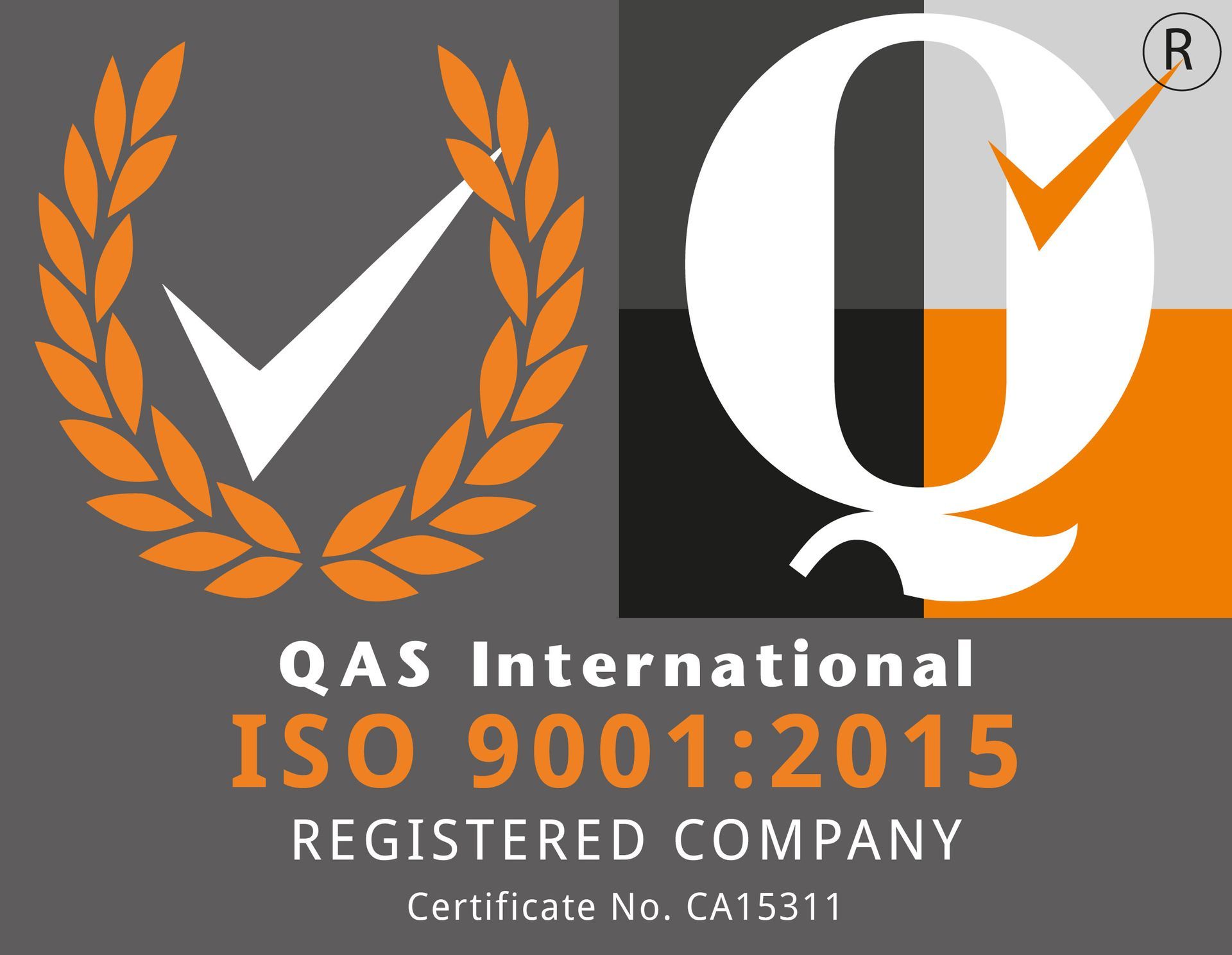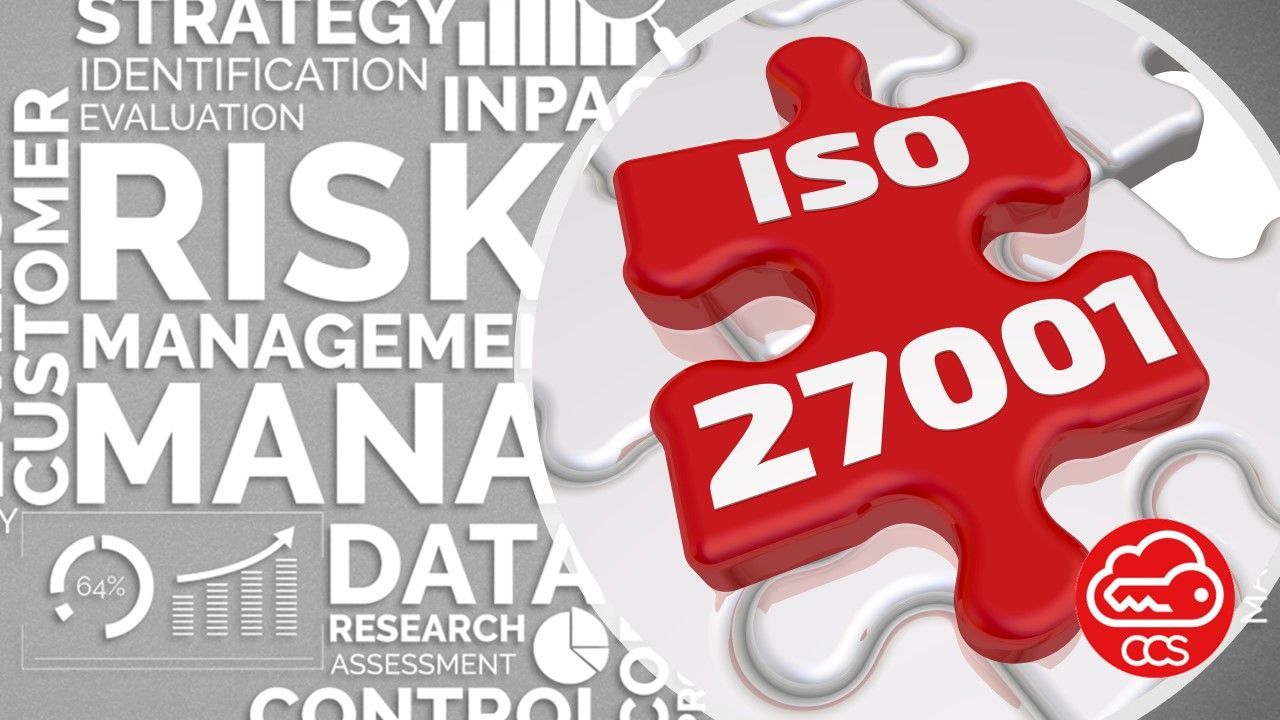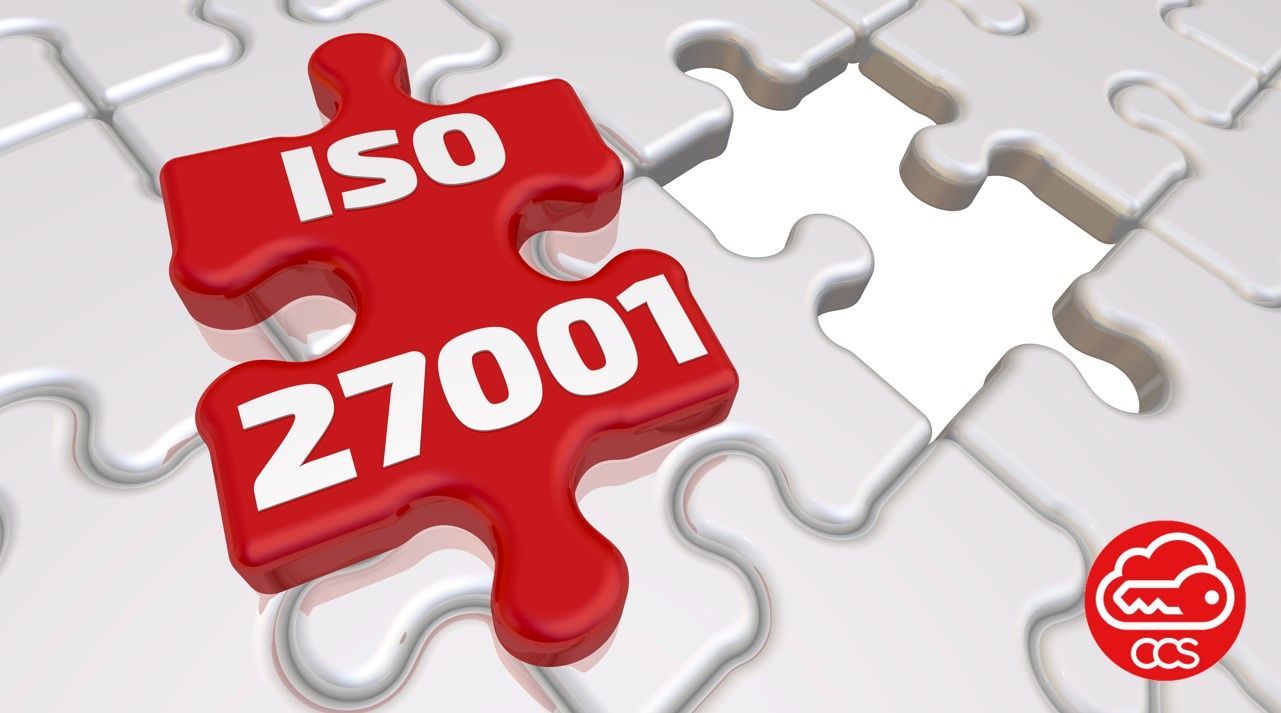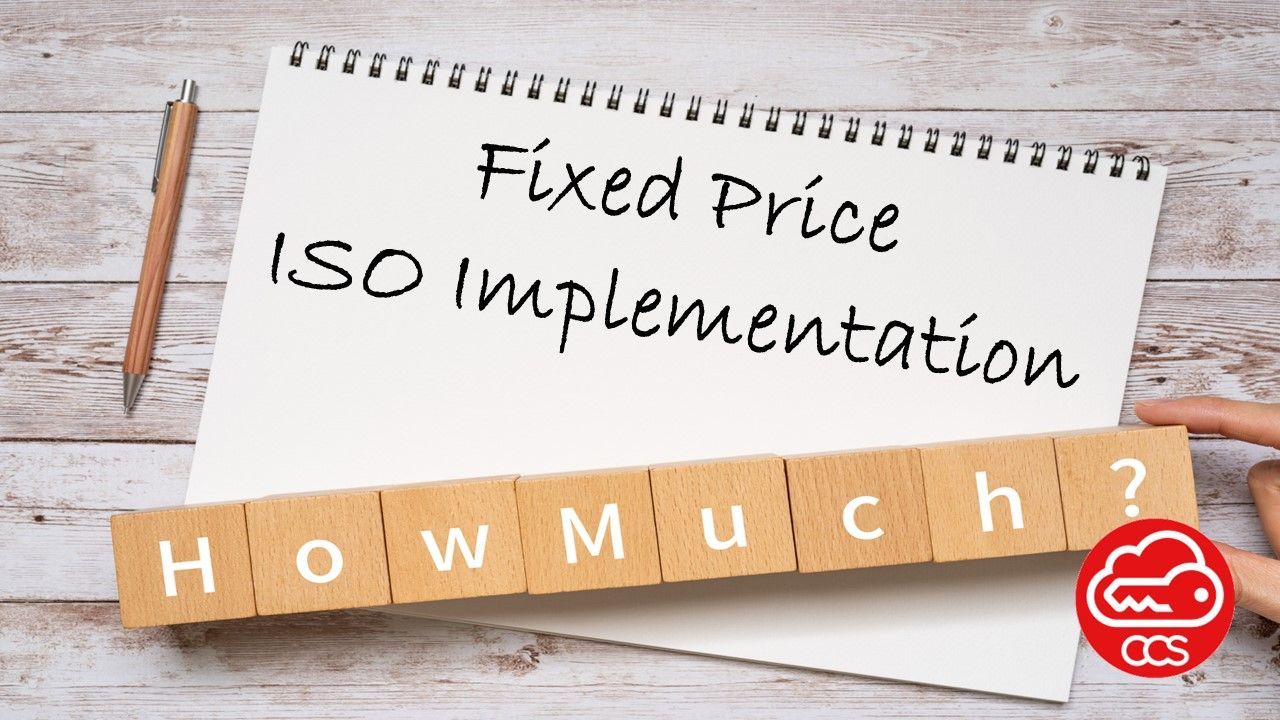Managing Information Security Risks: The Role of a Strong ISMS
In an age where cyber threats are becoming increasingly sophisticated and frequent, ensuring robust information security is paramount for organisations of all sizes. ISO 27001, a globally recognised standard for information security management systems (ISMS), provides a comprehensive framework to safeguard sensitive information.
This article delves into the critical aspects of ISO 27001, offering insights into its implementation, integration with risk management practices, and the myriad benefits it brings to organisations. For internal audit and risk management professionals, understanding and leveraging ISO 27001 is essential to building a resilient and secure organisational framework.
Join us as we explore how this standard can enhance your security posture, drive continuous improvement, and ensure compliance with various regulatory requirements.
Understanding ISO 27001
ISO 27001 is a globally recognised standard for information security management systems (ISMS). It provides a comprehensive framework for managing and protecting sensitive company information, ensuring it remains secure. The standard covers a wide range of security practices, from managing assets and access controls to incident response and compliance.
Implementation Strategies
Implementing ISO 27001 involves several steps. Organisations should start with a gap analysis to identify current weaknesses and areas needing improvement. This is followed by risk assessment and establishing a risk management framework. Policies and procedures must be developed, focusing on the standard's requirements. Employee training and awareness programmes are crucial to ensure everyone understands their role in maintaining information security. Successful implementations often involve ongoing monitoring and regular audits to maintain compliance and drive continuous improvement.
Integration with Risk Management Practices
ISO 27001 aligns seamlessly with internal audit and risk management frameworks, such as ISO 31000. Integrating ISO 27001 into a broader risk management strategy allows organisations to address information security risks comprehensively. This integration helps in identifying, assessing, and mitigating risks systematically, ensuring that information security becomes an integral part of the overall risk management process.
Internal Audit of ISO 27001
Auditing ISO 27001 compliance requires a thorough understanding of its requirements. Internal audits should focus on evaluating the effectiveness of the ISMS, identifying non-conformities, and ensuring that corrective actions are implemented. Common challenges during audits include ensuring continuous compliance, maintaining documentation, and keeping up with evolving threats and regulations. Auditors should adopt a risk-based approach, prioritising areas with the highest risk to information security.
Compliance and Regulatory Alignment
ISO 27001 plays a critical role in meeting various regulatory requirements, such as GDPR, HIPAA, and others. Its structured approach to information security management helps organisations demonstrate compliance with these regulations. For instance, GDPR requires organisations to protect personal data, and ISO 27001 provides a framework to achieve this. Case studies have shown that companies with ISO 27001 certification are better positioned to handle regulatory audits and avoid penalties.
Continuous Improvement
Maintaining an effective ISMS requires a commitment to continuous improvement. Organisations should regularly review and update their information security policies and procedures to adapt to changing threats and business environments. Employee training programmes should be updated to address new security challenges. Continuous improvement also involves monitoring the effectiveness of security controls and making necessary adjustments to enhance the overall security posture.
Technological Tools and Solutions
A wide range of tools and technologies can support ISO 27001 implementation and auditing. These include risk assessment software, security information and event management (SIEM) systems, and compliance management tools. Emerging trends such as artificial intelligence and machine learning are also being integrated into information security practices, offering advanced threat detection and response capabilities. Organisations should select tools that align with their specific needs and integrate seamlessly with their existing systems.
Risk Assessment and Treatment
Risk assessment is a critical component of ISO 27001. It involves identifying potential threats to information security, assessing the likelihood and impact of these threats, and determining the appropriate risk treatment measures. Organisations can choose to mitigate, transfer, accept, or avoid risks based on their risk appetite and resources. Effective risk treatment strategies involve implementing security controls, monitoring their effectiveness, and making adjustments as needed.
Incident Management and Response
Developing and implementing an incident management and response plan is essential for ISO 27001 compliance. This plan should outline the procedures for detecting, responding to, and recovering from information security incidents. Best practices include establishing an incident response team, conducting regular drills and simulations, and maintaining clear communication channels. Case studies have highlighted the importance of having a robust incident management plan in minimising the impact of security breaches and ensuring quick recovery.
Benefits and ROI
Implementing ISO 27001 offers numerous benefits, including improved information security, enhanced regulatory compliance, and increased customer trust. Organisations can also achieve cost savings by reducing the likelihood of security incidents and their associated costs. Measuring the return on investment (ROI) of ISO 27001 compliance involves evaluating these benefits against the costs of implementation and maintenance. Many organisations find that the long-term benefits of improved security and compliance outweigh the initial investment.
In conclusion, leveraging ISO 27001 for information security management provides organisations with a robust framework to protect sensitive information, comply with regulations, and foster a culture of continuous improvement. By exploring the insights and strategies outlined in this article, internal audit and risk management professionals can enhance their understanding and implementation of ISO 27001, contributing to a more secure and resilient organisation.




